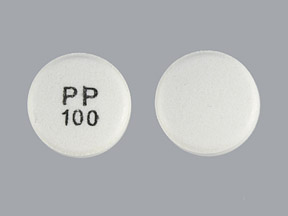Ryzolt Interactions
There are 748 drugs known to interact with Ryzolt (tramadol), along with 12 disease interactions, and 1 alcohol/food interaction. Of the total drug interactions, 318 are major, 426 are moderate, and 4 are minor.
- View all 748 medications that may interact with Ryzolt
- View Ryzolt alcohol/food interactions (1)
- View Ryzolt disease interactions (12)
Most frequently checked interactions
View interaction reports for Ryzolt (tramadol) and the medicines listed below.
- Aciphex (rabeprazole)
- albuterol
- Ambien (zolpidem)
- Celexa (citalopram)
- clonazepam
- Cymbalta (duloxetine)
- Elavil (amitriptyline)
- Fish Oil (omega-3 polyunsaturated fatty acids)
- Flexeril (cyclobenzaprine)
- gabapentin
- ibuprofen
- Imitrex (sumatriptan)
- Lasix (furosemide)
- lithium
- Lyrica (pregabalin)
- metformin
- Mobic (meloxicam)
- Neurontin (gabapentin)
- omeprazole
- Phenergan (promethazine)
- prednisone
- Prilosec (omeprazole)
- Prozac (fluoxetine)
- Requip (ropinirole)
- Topamax (topiramate)
- trazodone
- Valium (diazepam)
- Vicodin (acetaminophen / hydrocodone)
- Xanax (alprazolam)
- Zoloft (sertraline)
Ryzolt alcohol/food interactions
There is 1 alcohol/food interaction with Ryzolt (tramadol).
Ryzolt disease interactions
There are 12 disease interactions with Ryzolt (tramadol) which include:
- gastrointestinal obstruction
- acute alcohol intoxication
- drug dependence
- respiratory depression
- gastrointestinal conditions
- hypoglycemia
- hypotension
- intracranial pressure
- liver disease
- renal dysfunction
- seizure disorders
- suicidal
More about Ryzolt (tramadol)
- Ryzolt consumer information
- Compare alternatives
- Reviews (12)
- Drug images
- Latest FDA alerts (5)
- Side effects
- Dosage information
- During pregnancy
- FDA approval history
- Drug class: Opioids (narcotic analgesics)
- Breastfeeding
Related treatment guides
Drug Interaction Classification
| Highly clinically significant. Avoid combinations; the risk of the interaction outweighs the benefit. | |
| Moderately clinically significant. Usually avoid combinations; use it only under special circumstances. | |
| Minimally clinically significant. Minimize risk; assess risk and consider an alternative drug, take steps to circumvent the interaction risk and/or institute a monitoring plan. | |
| No interaction information available. |
See also:
Further information
Always consult your healthcare provider to ensure the information displayed on this page applies to your personal circumstances.


